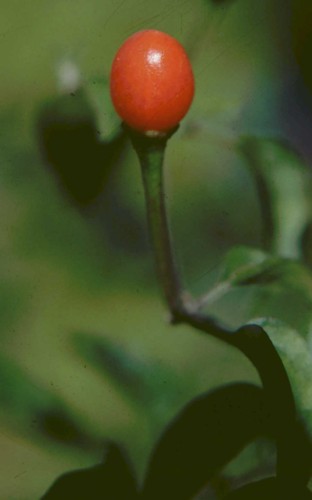
Redwing Blackbird on Wild Sunflowers
These wild beauties above in a field near our house are the same species as the domesticated sunflower, Helianthus annus. But rather than long, sturdy stalks with a single large flower head on top, wild sunflowers follow a branching pattern. Several flower heads branch off a stalk, and stalks branch off a center stem. The leaves and stems of these plants are hairy. The stems tend to curve slightly, and the flower heads will track the sun throughout the day. Flowers are 2 to 3 inches wide, with small seeds. However, wild sunflowers commonly have a bold yellow color just like many domesticated varieties. Sunflower hearts have the highest calorie to weight ratio and a very high level of protein. This means that wild birds don’t have to eat as many seeds to get the daily energy fix they require. All forms of sunflower seeds are relished by finches, chickadees, sparrows, nuthatches, grosbeaks, cardinals, jays and even some species of woodpeckers. There’s only one problem with sunflower seeds—bully birds, such as blackbirds, European starlings, and grackles, also love them.












